A Project Use Case: 4-Phase Project Management Budget Cycle
By: Emily Nelson | May 11, 2021
ARTICLE — Every industry has specific budgeting challenges. Industries whose businesses are project-based —such as professional services, software, construction, and light manufacturing—face a particular set of challenges. They need to take special care to ensure that expenditures related to each project don’t exceed budget targets.
The following use case describes how project-based companies that use NetSuite for financials and ERP can get advanced spend management in hand with PyanGo Advanced Budgetary Control, a module built on the NetSuite platform, that tracks expenditures against predefined authorized budgets.
A Four-Phase Project Management Budget Cycle
In most project-based companies, the bulk of capital expenditures occur during projects themselves. Customers are charged for various types of project work, and expenses are tracked down to the task level for each project. (For example, a landfill project might have tasks such as preparation, refuse to haul, and disposal.)
For this use case, we’ll break down the budget cycle for such a project into four phases that represent best practices.
Phase 1: Planning and Budgeting
Because projects can start at any time, planning and budgeting in project-based companies isn’t a quarterly or annual event; it’s a continuous activity that occurs throughout the year. NetSuite and PBC allow companies to establish and control budgets for the duration of a project, whether it’s as short as one month or as long as a full year or more, and track expenses from project inception to date.
We recommend dividing the planning and budgeting phase into four steps:
- Step 1: Define the project’s high-level goals in NetSuite or Oracle Planning and Budgeting Cloud Service.
- Step 2: Identify work breakdown structures, define tasks, and allocate resources within NetSuite projects.
- Step 3: Leveraging NetSuite, prepare a preliminary budget for review, with budgeted amounts based on task type and location, and drawn from historical data.
- Step 4: Route the budget for approval by line-of-business managers using NetSuite workflow.
Phase 2: Budget Implementation
Once the budget has been approved and adopted, project managers can link project tasks to other segments, such as departments and locations. PBC makes project budget management easy by seamlessly leveraging NetSuite’s SuiteGL Custom Segment capability so that organizations can manage budgets with infinite dimensions across multiple currencies.
During this phase, project managers can also create a budget definition matching the project’s start and end dates. Once the project starts, the budget becomes available for consumption, and enforcement of spend control and management begins.
Phase 3: Expenditure Monitoring
With NetSuite and PBC, procurement governance is easy; companies have extensive control over the events in the purchasing cycle that are subject to budgetary control, including project-related expenditures.
For example, companies using NetSuite Advanced Procurement can configure PBC to trigger enforcement rules when project managers create purchase requisitions. If there aren’t enough funds in the project budget for a requisition, the manager will see a notification before she or he submits it for approval.
At any time, project managers can also see the impact of transactions against the project’s budget.
Companies can also make variances between purchase requisitions and purchase orders (POs)—or between requisitions and invoices—subject to budgetary control. Even manual journal entries that affect budgeted accounts can trigger budgetary control rules.
If they want to capture all expenses—not just project-related ones—organizations can also specify which expenditures aren’t subject to budgetary control, such as operational expenditures (OpEx) like general office supplies or rent.
Companies can bypass budgetary control at the purchase requisition phase or not use requisitions at all; they may decide only to enforce controls during purchase order preparation. In other words, companies can determine the level and timing of procurement governance controls to align with their processes.
Phase 4: Budget Inquiries and Reporting
NetSuite offers a broad array of sophisticated reporting capabilities, including financial-style reports, searches (queries), and SuiteAnalytics workbooks.
Also, PBC provides budget analysis tools that allow project managers to:
- Monitor the overall health of the budget.
- Raise alerts to department managers about potential budget issues.
- Highlight areas with insufficient funding.
- Prepare periodic reports for management.
PyanGo Advanced Budgetary Control
If your organization is project-based, you may have experience with the fact that the traditional “budget-to-actuals” planning and reporting process lacks a critical step: the ability for project managers to verify budget availability before committing to a purchase.
This is where PyanGo Advanced Budgetary Control comes in. It provides rich visibility into how budgets are used, resulting in a more efficient allocation of scarce funds, and providing the tools you need for spend management, cash flow management, and procurement governance.
Contact us to arrange a product demonstration.




